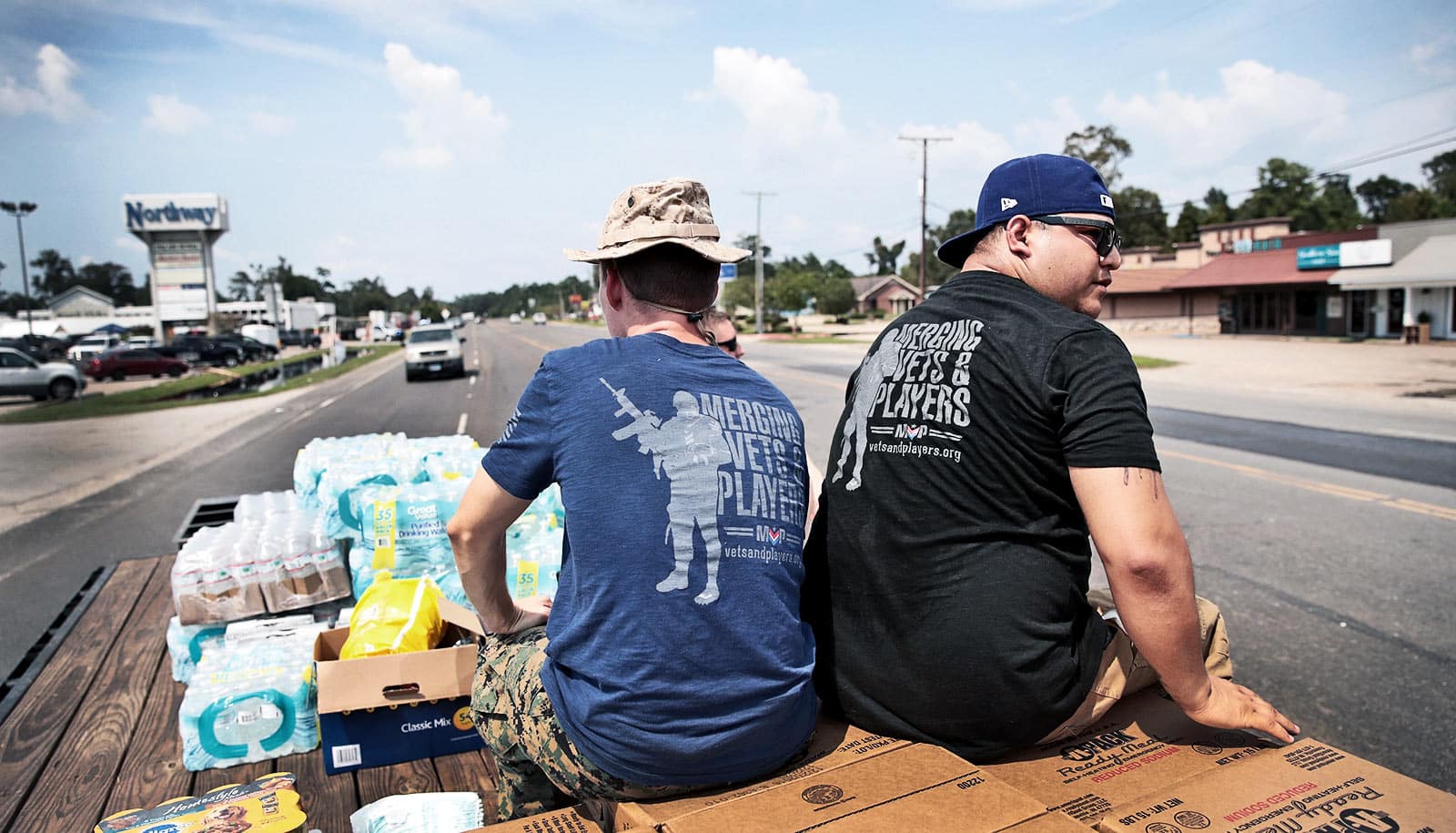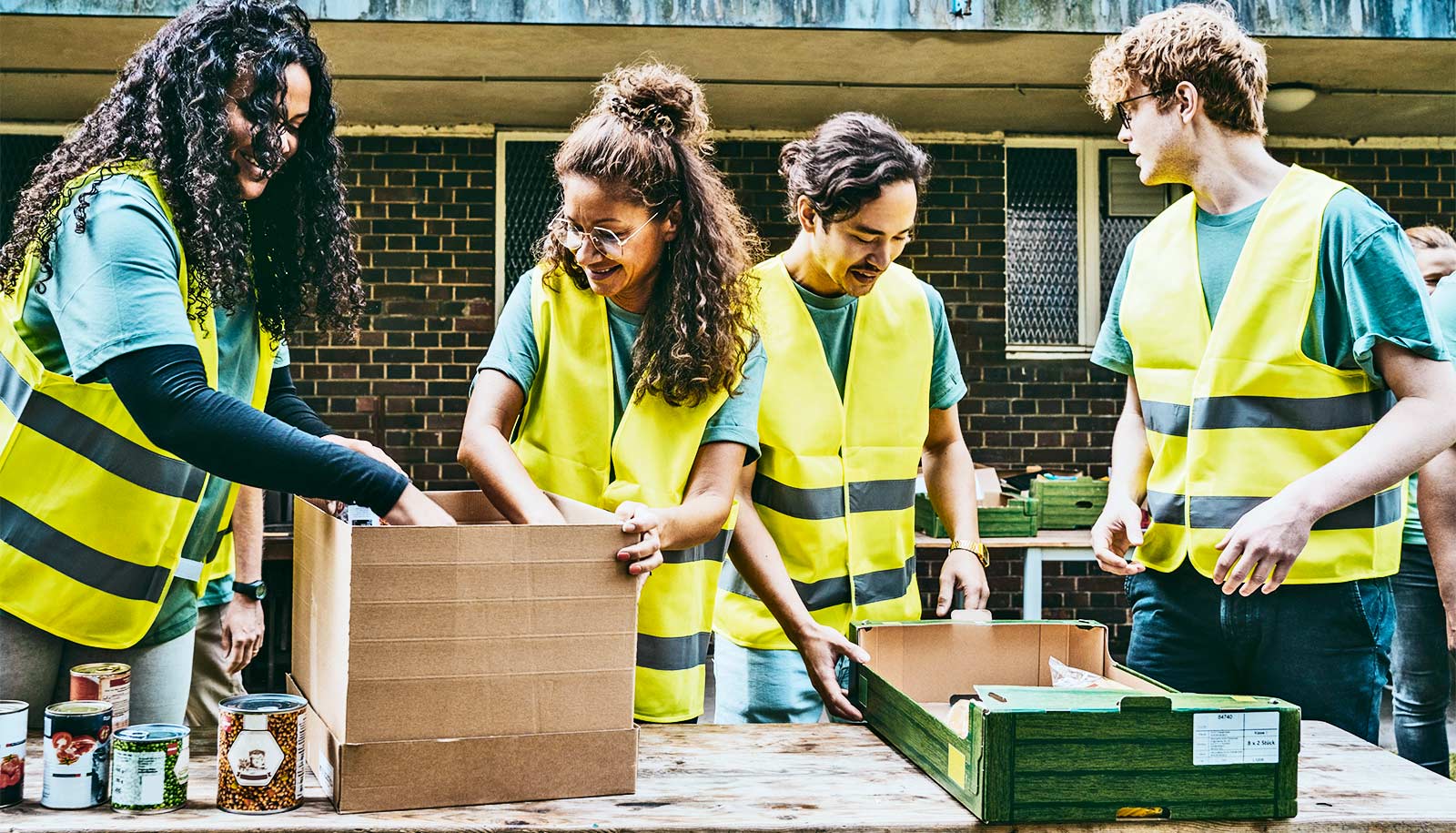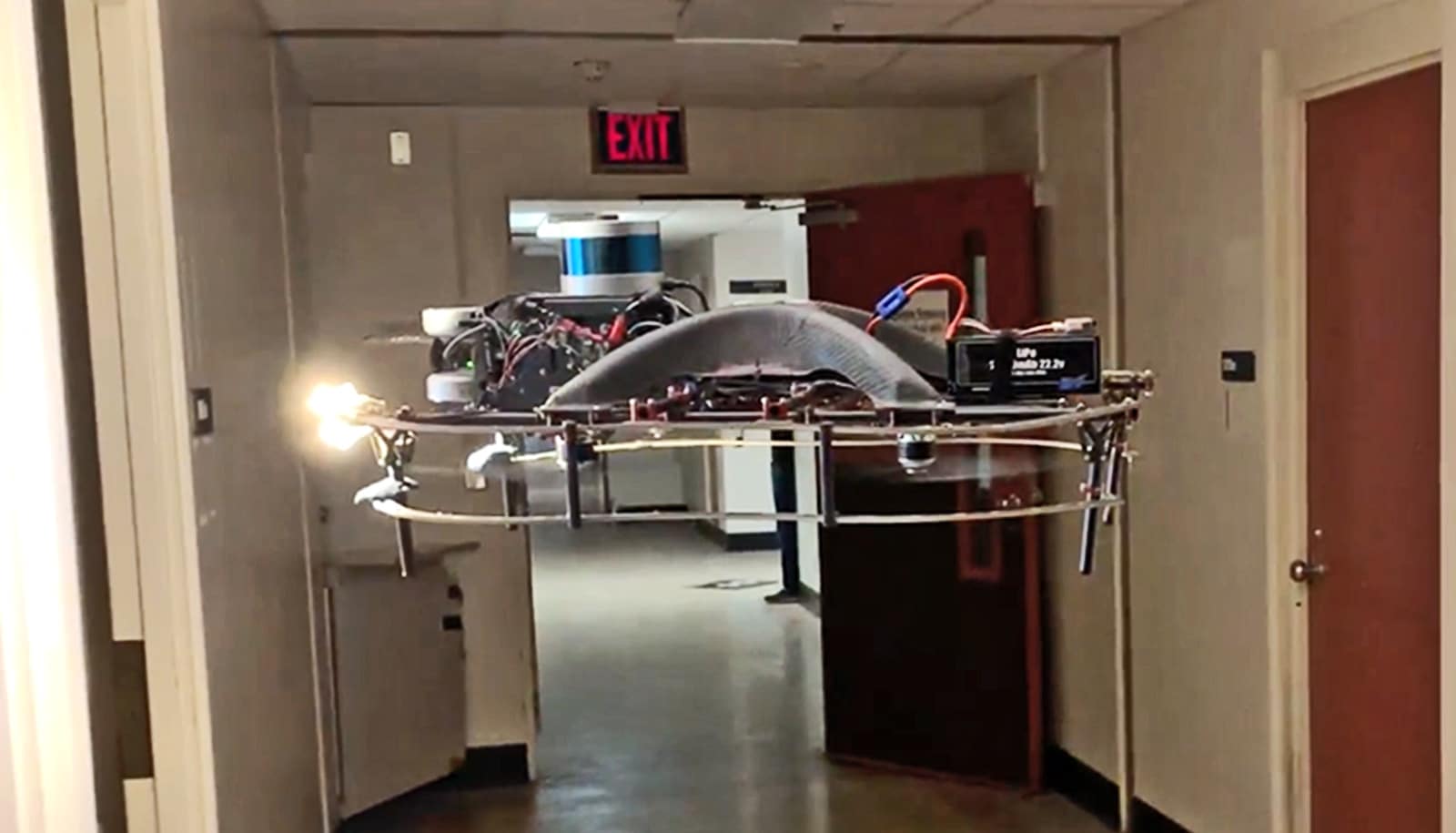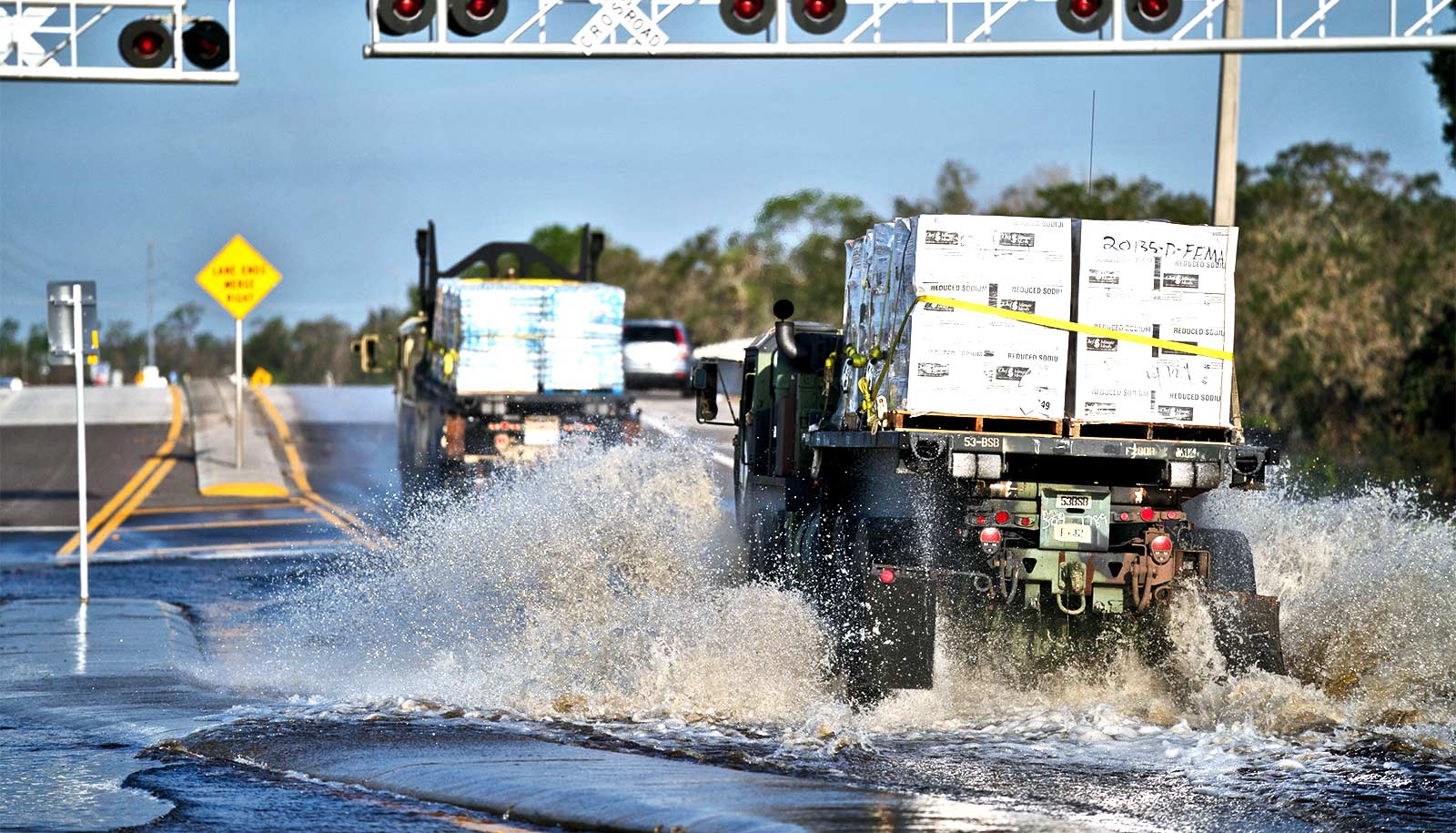The most critical relief efforts after disasters like a hurricane or earthquake involve getting food, water, and power to those in need. But an equally devastating problem can make or break a community’s resilience.
That “silent killer” is a lack of cohesiveness, as represented by the number and diversity of its voluntary organizations and their willingness to cooperate, researchers say.
“The real impact of disasters is cushioned by those,” says Hayagreeva “Huggy” Rao, professor of organizational behavior at Stanford University’s Graduate School of Business. “The better the infrastructure, the better the recovery. A disaster is a shock. Think of those organizations as shock absorbers.”
Rao and colleagues wanted to better understand why some communities are resilient in the face of disasters and why others are less able to recover. They concluded that a community’s resilience hinges on two critical factors:
- How the disaster is framed by the community and its leaders, including whether it’s perceived as an unavoidable accident or as the fault of some person or group of people.
- How cooperative the community is in dealing with challenges.
Beware of people!
They arrived at those conclusions by studying an outbreak of the highly contagious Spanish flu in Norway in 1918 and 1919, choosing that epidemic in part because Norwegian doctors were required to report cases of the disease.
That created a rich vein of data about how the contagion spread in crowded areas and coastal towns, along ship and rail routes, as well as in minority communities.
The circumstances of the outbreak framed the story in a way that made people suspicious of one another. According to one woman at the time, “everyone was afraid of everyone else,” which made it hard for the community to work together to recover.
The researchers then compared that response to the spring frosts that occasionally created havoc among Norway’s many farming families. Those communities had a more unified sense of purpose, as measured by risk-sharing cooperatives such as mutual insurance organizations, savings banks, and retail food production and distribution. That kind of social and economic cooperation is a good measure of a community’s ability to “engage in civic action, which in turn depends on trust and social integration.”
In the flu outbreak, Rao says, “the Norwegian government was saying, ‘Stay indoors! Don’t congregate and hang out! Those are things that could help prevent spread of disease!’ Think about that. The message was ‘Beware of people!'”
Such framing often has a double impact: “One is what the government says explicitly [by urging people to avoid each other to prevent spreading the disease], but it also triggers conversation and leads to rumor and speculation.” By creating an “us vs. them” mentality, officials ultimately hinder community cooperation.
Recent history supports that conclusion. The suffering caused by the hantavirus outbreak in 1993 in the Four Corners area of the American Southwest, for example, was exacerbated by those who called it the “Navajo flu” (due to the fact that the outbreak affected many in the area’s Native American populations).
“Medical practitioners began calling the Centers for Disease Control, asking if it was OK for Navajos to go into restaurants and so forth,” Rao says.
Deep roots of cooperation
The most resilient communities appear to be those with a wide variety of deeply rooted cooperative organizations, often made up of such volunteers as doctors, educators, and religious leaders.
“Those build resilience into the social system,” Rao says. “When people build organizations and those organizations are diverse, the community has the capacity to solve long-term problems.”
Puerto Rico’s resilience is being tested during rebuilding efforts after Hurricane Maria in September 2017, Rao says.
To support young Syrian refugees, measure resilience
“There was justified complaint about the speed of response, but what we’ve yet to know is who exactly are the casualties? What’s happening to the organizational muscle in the community? Are churches folding up? Are people leaving there for Miami or Houston? You can inject resources, but if the organizational infrastructure is destroyed, it’s a bigger problem, because then communities can’t help themselves.”
Rao cites the work of public policy professor Robert Putnam of Harvard University, whose 2000 book Bowling Alone: The Collapse and Revival of American Community compares social diversity and cooperation to the lubricant WD-40.
“First, you need glue to bind a community together,” says Rao. “But you also need WD-40 to reduce friction.” Generally, says Rao, the US today “needs more WD-40.”
Heinrich R. Greve, who earned a PhD from Stanford and now teaches at the INSEAD business school in Singapore is coauthor of the paper, which appears in the Academy of Management Journal.
Source: Stanford University



